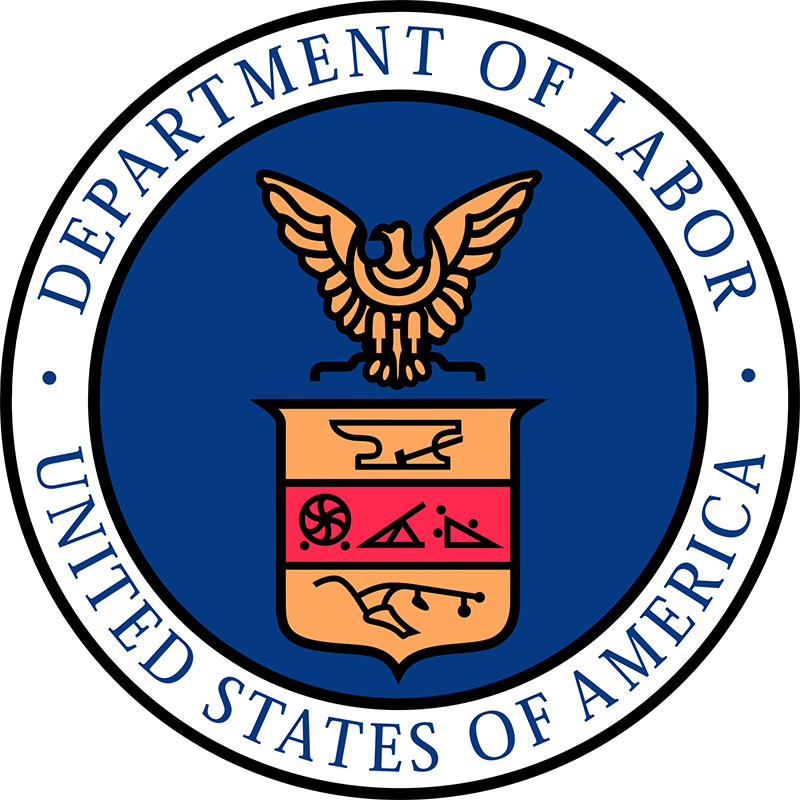
Understanding Subminimum Wage
The Fair Labor Standards Act of 1938 permits employers, primarily nonprofit community rehabilitation providers, to pay people with disabilities less than the federal minimum wage. To do this, employers must obtain a Section 14(c) certificate from the Department of Labor (DOL). These certificates allow wages to be set based on productivity of the person with a disability as compared to a person who does not identify as disabled performing the same task. Currently, most subminimum wage work takes place in segregated facilities called sheltered workshops.
While some believe this employment model creates opportunities for people with disabilities who might otherwise remain unemployed, disability rights advocates consider the practice discriminatory and outdated. They point to several concerns:
- Documented cases of abuse
- Extremely low wages (refer to Mid-Minnesota Legal Aid’s October 2022 report Ending the Subminimum Wage in Minnesota [PDF])
- Insufficient focus on competitive integrated employment, where people with disabilities work alongside people without disabilities at or above minimum wage
- Limited transition to community-based employment
Additionally, disability rights advocates emphasize that expectations and support systems for people with disabilities have evolved significantly, creating more pathways to successful competitive employment.
Minnesota’s Response
In 2021, Minnesota established the Task Force to Eliminate Subminimum Wages to address this issue statewide. The Task Force created a comprehensive transition plan (PDF) that recommended:
- Creating a technical assistance center to support transition efforts for employment service providers that use 14 (c) certificates
- Implementing training for waiver case managers
- Collecting employment outcome data
- Providing grants to lead state and county agencies
- Securing transportation funding for people with disabilities to get to work
- Ensuring access to service information for people with disabilities
- Improving employment service reimbursement rates for employment services providers
During the 2023 legislative session, all these recommendations passed except for a sunset date. The task force recommended that the legislature officially end the use of subminimum wage in Minnesota by August 1, 2025.
Department of Labor’s Proposed Changes
Last year, the DOL issued a Notice of Proposed Rule Making (NPRM) outlining plans to phase out subminimum wages nationally. Members of the public had until January 17, 2025, to provide public comments on the proposed rule.
The proposal included:
- Stopping new Section 14(c) certificate issuance to employers applying after the final rule’s effective date
- Allowing existing certificate holders who comply with all laws to:
- Continue paying subminimum wages for up to three years after the effective date
- Cease certificate renewal after the three-year period expires
The DOL sought public input on several aspects of the proposal. First, they wanted to know whether the three-year transition period should be shortened or extended. They also wanted feedback on whether to allow one-time extensions for certificate holders who can show a clear reason why they need more time.
The DOL’s decision followed their preliminary finding that subminimum wages were no longer necessary to maintain employment opportunities for people with disabilities. This conclusion stemmed from:
- Expanded state and federal employment opportunities
- Enhanced civil rights protections
- Successful subminimum wage phase-outs in some jurisdictions
The proposed rule aimed to ensure minimum wage pay for all workers with disabilities while allowing providers to maintain their core services. The DOL anticipated this change would benefit society and increase workforce participation among people with disabilities.
Next Steps
The Department of Labor will now review public input and issue a final ruling. The Minnesota Council on Disability will continue tracking federal and state actions on subminimum wage policies.